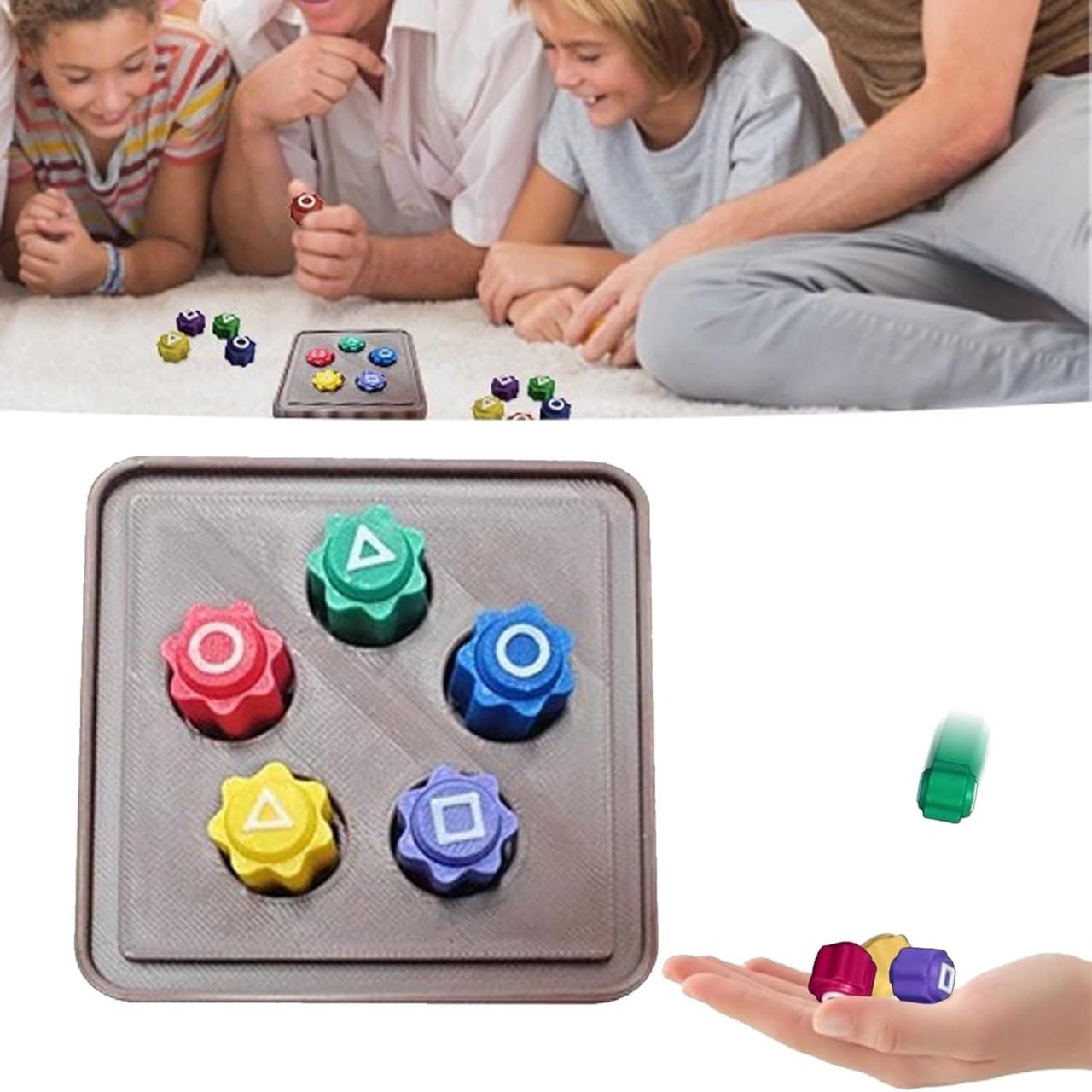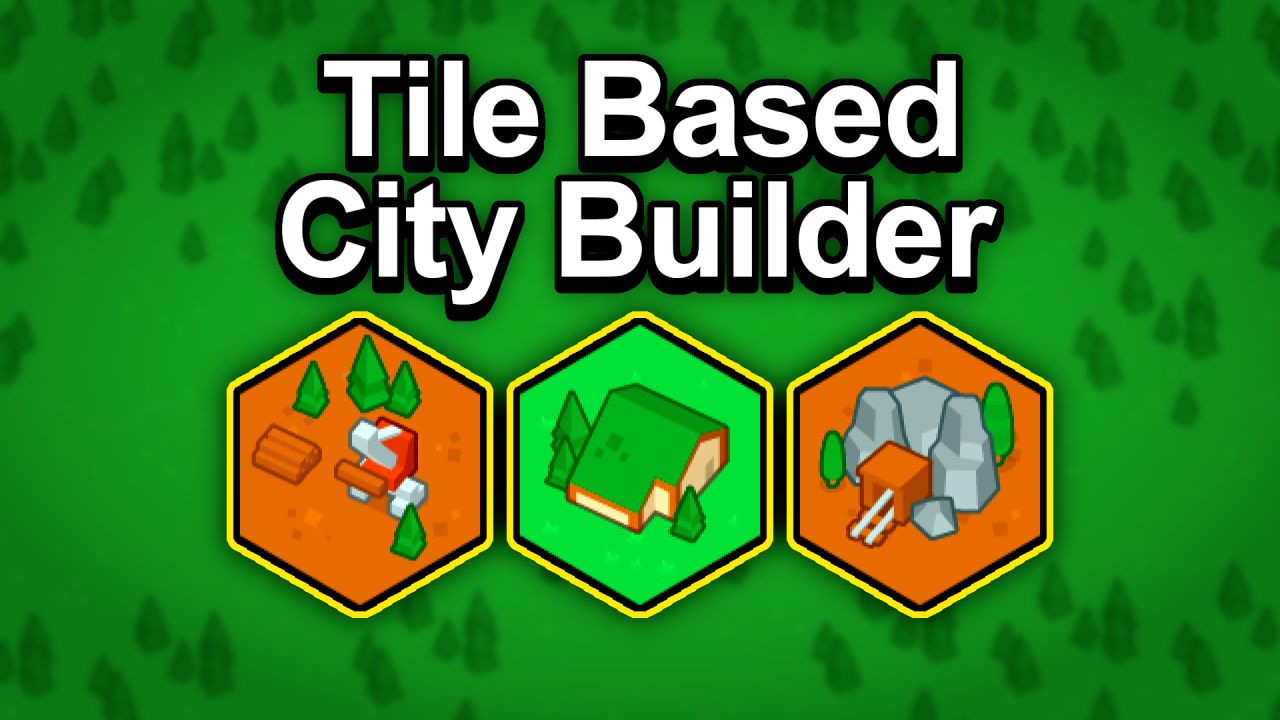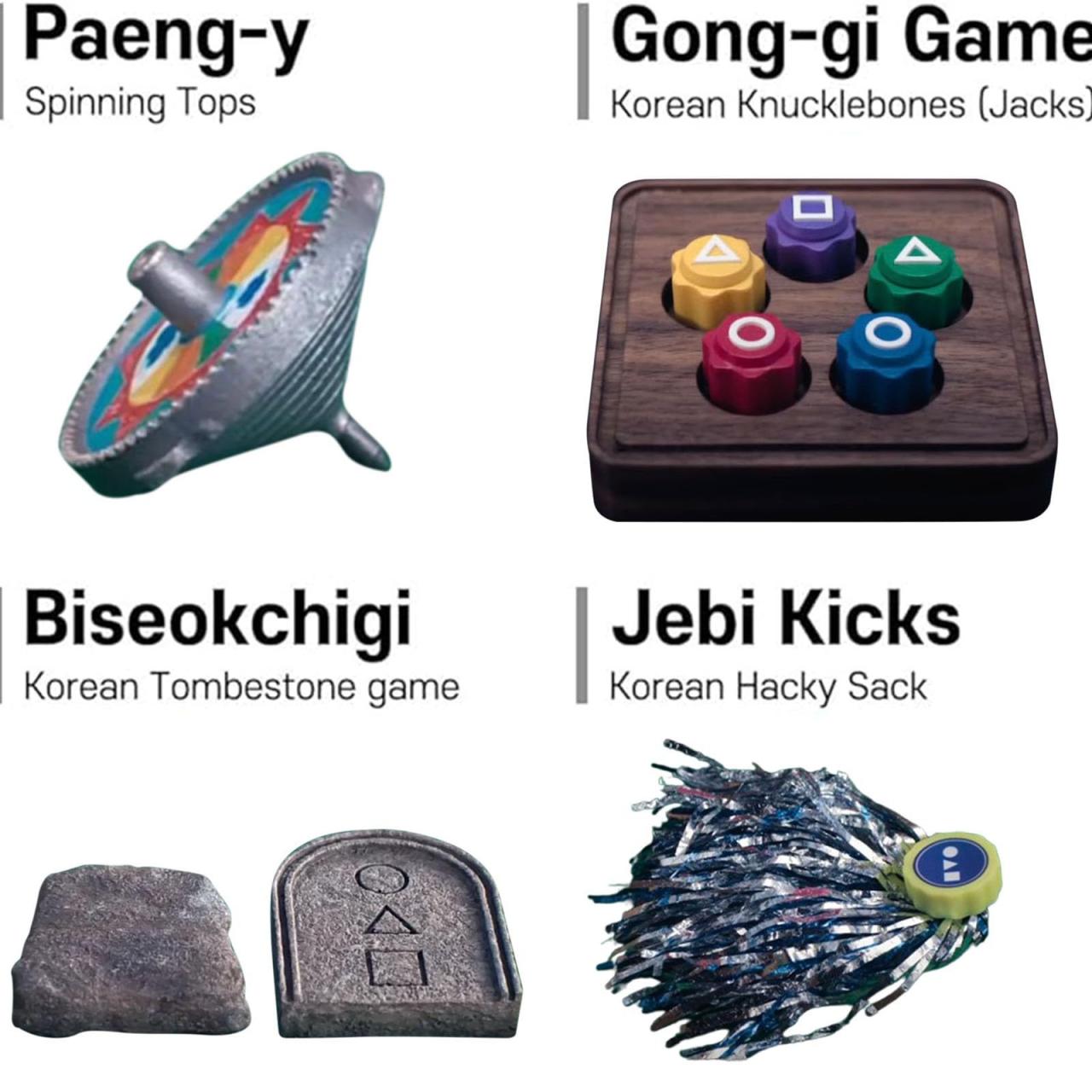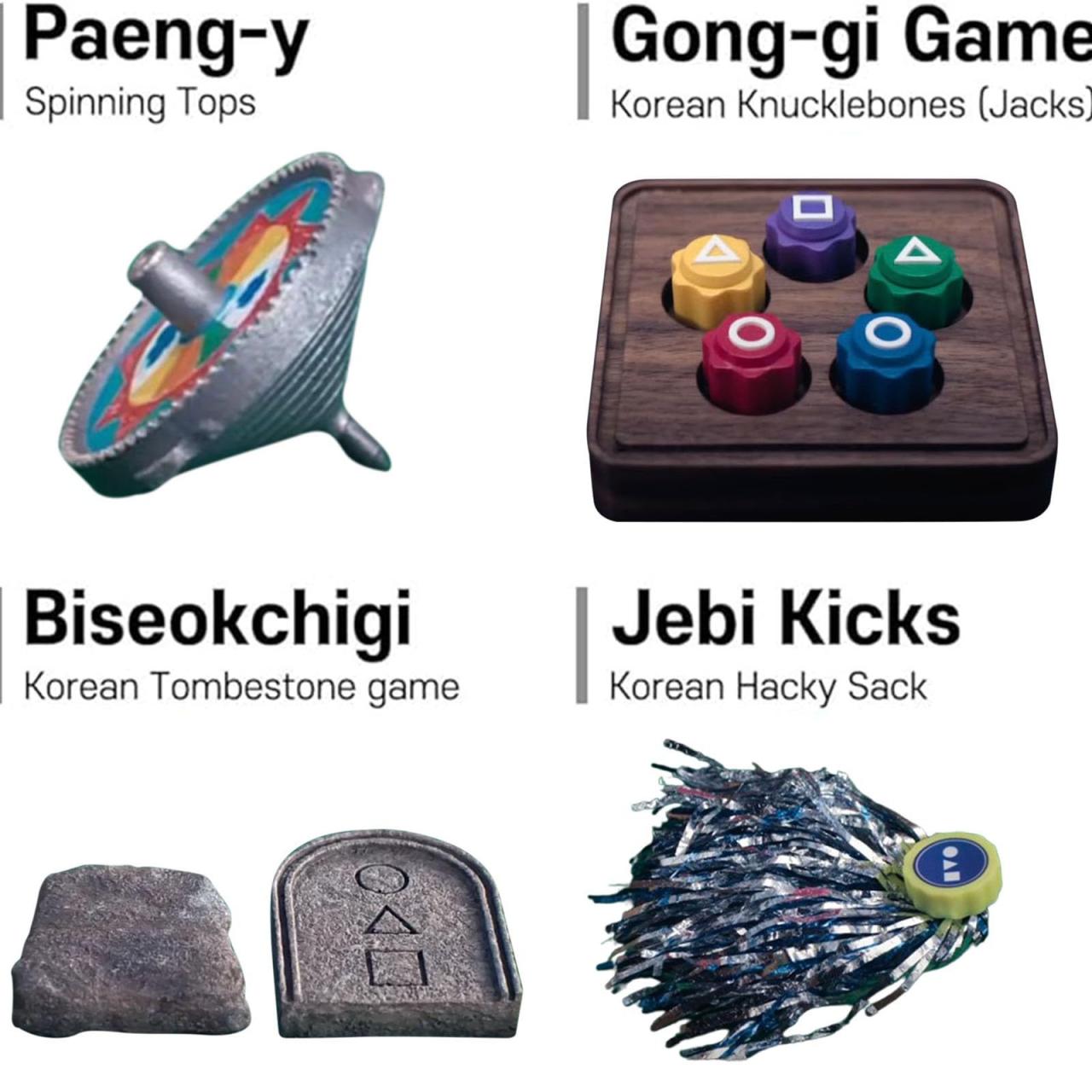Gonggi game, a captivating traditional pastime, offers a delightful blend of skill, strategy, and cultural heritage. Originating in Korea, this game uses simple materials yet provides hours of engaging gameplay. This guide will walk you through the basics, variations, and cultural significance of this timeless game.
From its humble beginnings to its modern adaptations, gonggi has captivated generations. We’ll explore the history, rules, and techniques, revealing the secrets to mastering this challenging yet rewarding game. Whether you’re a seasoned player or a curious newcomer, prepare to be charmed by the world of gonggi.
Gonggi, that awesome Korean game with the little tiles, is super fun! It’s amazing how focused you get, trying to flick those pieces just right. It’s a stark contrast to hearing about something like the tragic halifax plane crash today , which really puts things in perspective. Afterward, though, it’s back to the simple joy of mastering a perfect gonggi throw.
Gonggi: A Traditional Korean Game

Gonggi, also known as gongi-chagi, is a traditional Korean game that has been played for centuries. It’s a simple yet engaging game that combines skill, strategy, and a bit of luck. This article provides a comprehensive overview of Gonggi, exploring its history, gameplay, variations, cultural significance, and its place in the modern world.
Gonggi Game Overview
Gonggi’s origins are deeply rooted in Korean history, though precise dating is difficult. It’s believed to have emerged as a popular pastime among children and adults alike, evolving over time with regional variations. The basic gameplay involves tossing and catching small, flat stones (gonggi) using only the foot and hand. Success relies on dexterity, precision, and strategic thinking.
Basic Rules and Gameplay Mechanics
A standard game typically involves one or more players using five gonggi pieces. The objective is to successfully complete a series of increasingly complex moves, each requiring specific techniques and precise actions. Failure to complete a move results in a turn for the next player. Points are usually awarded for successful completion of each level.
- Picking Up the Gonggi: The player begins by tossing all five gonggi into the air and catching at least one with their hand before they all hit the ground.
- Kicking and Catching: The player then kicks one gonggi into the air, catches it, and subsequently collects the remaining gonggi from the ground using their foot.
- Level Progression: The game continues with progressively more difficult moves, involving kicking multiple gonggi at once or performing intricate catching techniques.
Variations of Gonggi

Gonggi boasts regional variations, each with subtle differences in rules, equipment, and gameplay. These variations often reflect local traditions and cultural influences.
| Variation | Equipment | Key Rules | Regional Origin |
|---|---|---|---|
| Standard Gonggi | 5 flat stones | Sequential kicking and catching | Korea (general) |
| Jeolla-do Gonggi | 5 flat stones, sometimes different materials | Emphasis on speed and quick movements | Jeolla Province, South Korea |
| Gyeongsang-do Gonggi | 5 flat stones, specific size and weight | More complex catching and kicking sequences | Gyeongsang Province, South Korea |
Equipment and Materials
Traditionally, Gonggi pieces were made from natural materials readily available in Korea. The choice of material often influenced the weight, size, and feel of the gonggi, impacting gameplay.
Essential Materials: Typically, flat, smooth stones are used. However, variations exist using wood, metal, or even specially made plastic pieces. The size and shape are crucial; ideally, they should be small enough to be easily manipulated but large enough to be easily kicked and caught.
Ideal Gonggi Piece: Imagine a roughly rectangular or oval-shaped stone, approximately 2-3 centimeters in length and 1-1.5 centimeters in width and thickness. The surfaces should be smooth and flat to ensure consistent performance. Slight variations in size and shape are common, reflecting the handcrafted nature of traditional Gonggi pieces.
Gameplay Strategies and Techniques
Mastering Gonggi requires a blend of precision, accuracy, and strategic thinking. Experienced players often employ specific techniques to enhance their performance.
Gonggi, a Korean game using small, flat stones, is all about skill and precision. It’s a bit like other games involving tossing and catching, such as the classic jack and jill game , but with a unique set of rules and challenges. Think of it as a more complex version, demanding more control and strategy to master the different levels of play within gonggi.
You’ll need steady hands and quick reflexes to become a gonggi pro!
- Precise Kicking Technique: Mastering the correct kicking angle and force is essential for controlling the trajectory of the gonggi.
- Strategic Foot Placement: Positioning the foot correctly before kicking influences the height and distance of the gonggi’s flight.
- Quick Reflexes: Rapid reactions are vital for catching the gonggi mid-air and gathering the others from the ground.
Offensive Strategies: Focus on completing the highest level of moves possible within a turn to accumulate more points.
Defensive Strategies: Concentrate on preventing errors and ensuring consistent performance, even if it means slower progression.
Gonggi, that classic Korean game of skill and dexterity, requires focus and steady hands. It’s amazing how such a simple game can demand concentration, much like the aftermath of a major event requires, like the investigation following the jeju plane crash. The need for careful consideration and precision is a common thread, whether you’re aiming for a perfect gonggi toss or piecing together the details of a complex situation.
So next time you play, remember the quiet focus required.
- The Flick Kick: A subtle, controlled kick that allows for precise trajectory and height.
- The Spin Kick: Imparting spin on the gonggi to control its rotation and stability in the air.
- The Backhand Catch: Catching the gonggi with the back of the hand for added speed and dexterity.
Cultural Significance and Social Impact, Gonggi game
Gonggi holds significant cultural value in Korea, serving as a symbol of traditional games and childhood memories. It plays a role in social gatherings and community events, fostering interaction and strengthening bonds.
| Year | Event | Significance |
|---|---|---|
| Pre-1950s | Widespread Play in Rural Communities | Gonggi becomes ingrained in daily life and childhood experiences. |
| 1950s-1970s | Decline in Popularity due to Urbanization | Traditional games like Gonggi begin to lose ground to modern entertainment. |
| 1980s-Present | Resurgence of Interest in Traditional Games | Efforts to preserve and promote Gonggi through schools and cultural events. |
Gonggi in Modern Context
Despite the rise of modern games, Gonggi maintains its presence in Korean society. Efforts are underway to preserve and promote this traditional pastime.
“Gonggi isn’t just a game; it’s a connection to our heritage, a reminder of simpler times, and a way to connect with our community.”
A Korean Gonggi enthusiast.
Adapting Gonggi for modern audiences involves creating accessible versions of the game, incorporating it into educational programs, and using it as a tool for promoting physical activity and cognitive development.
Final Review: Gonggi Game

Gonggi game is more than just a game; it’s a window into Korean culture, a testament to the enduring appeal of simple pleasures, and a fantastic way to connect with friends and family. Whether played traditionally or with modern twists, gonggi continues to bring people together, fostering skill, strategy, and a sense of community. So grab your gonggi pieces and get ready for some fun!
Questions and Answers
What materials are needed to play gonggi?
You’ll need a set of small, flat stones or wooden pieces (gonggi) and a small, flat kicking surface.
How many players can play gonggi?
Gonggi can be played individually or with multiple players, usually 2-4.
Is there a competitive scene for gonggi?
While not as widely known as some other games, some regions hold informal or local competitions.
Where can I find gonggi pieces to buy?
You can often find gonggi sets online through retailers specializing in traditional games or Korean cultural items. You might also find them in some Asian markets.
